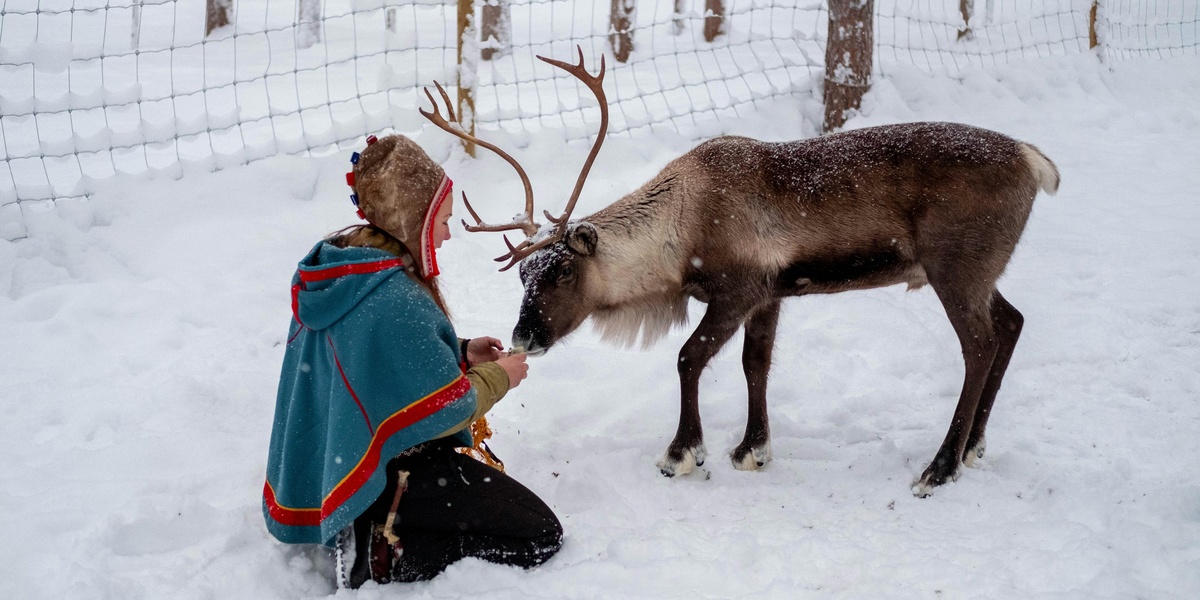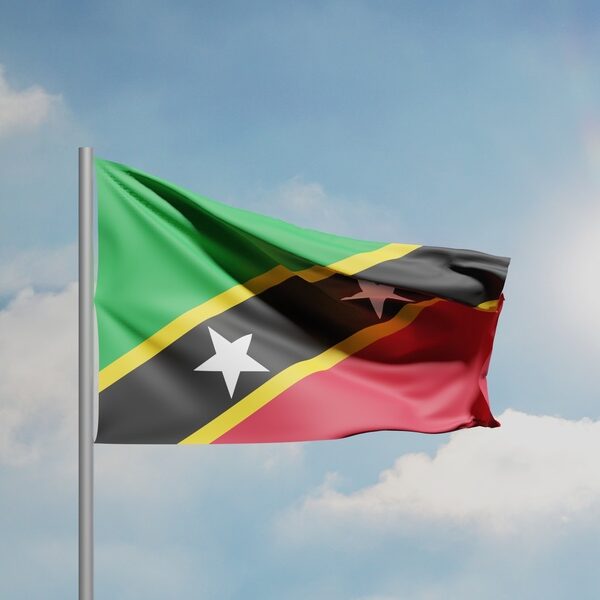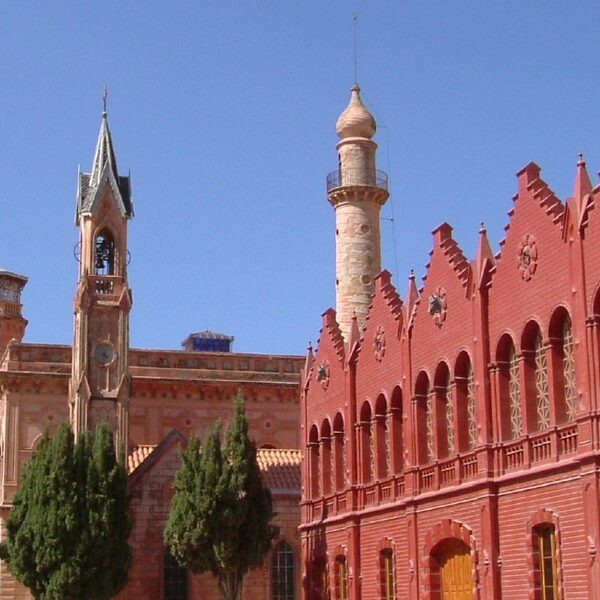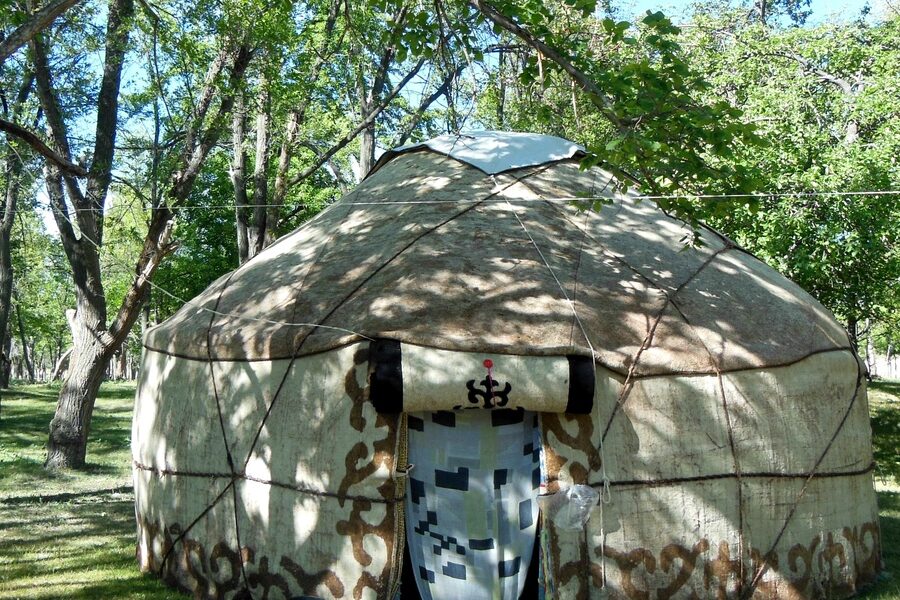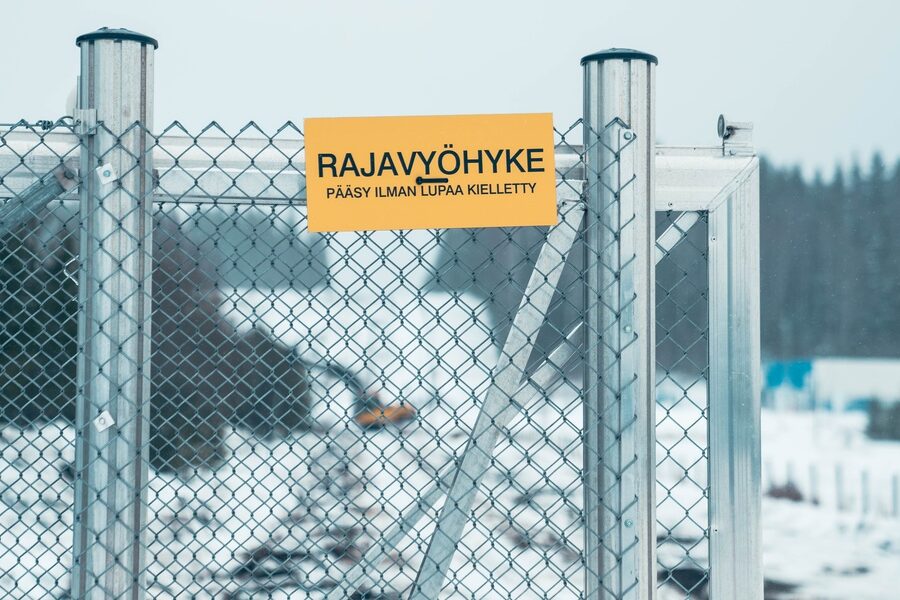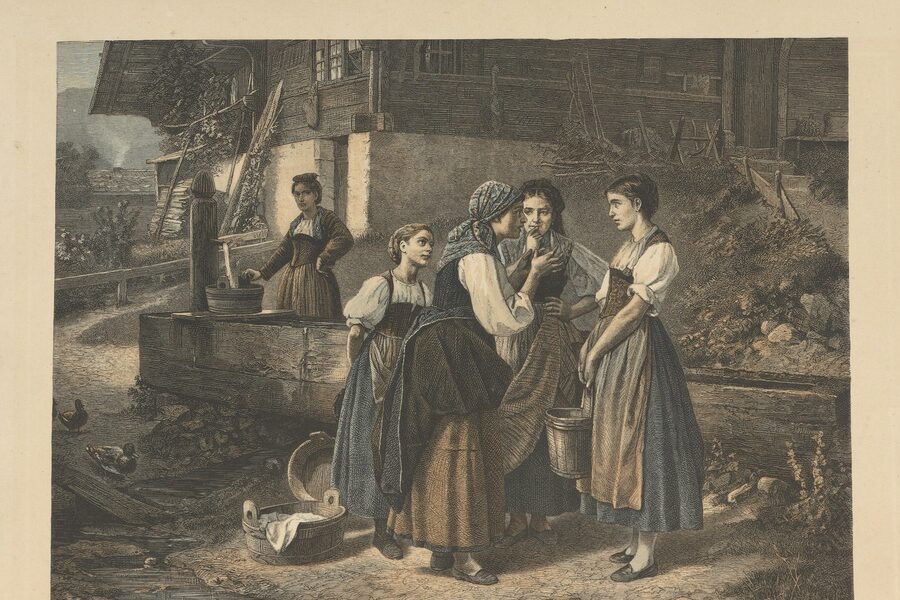Finland’s population has become more diverse in recent decades, with immigration, return migration and growing second-generation communities reshaping cities and regions. From Helsinki to smaller towns, different groups contribute languages, businesses and cultural life that make the country’s demographic picture richer and more complex.
There are 16 Finland Ethnic Groups, ranging from Chinese to Vietnamese. For each group you’ll find below clear columns showing Population (est, year),Language(s),Region/Distribution so you can compare size, primary languages and where communities are concentrated — you’ll find the full list and details below.
How recent and reliable are the population estimates?
The Population (est, year) figures are typically drawn from national statistics, municipal records and community estimates; the year indicates when that estimate was made. Use the date column to judge recency, and check original sources (e.g., Statistics Finland or local studies) if you need exact methodology or up-to-the-month counts.
What criteria determine inclusion as an ethnic group on this list?
Groups are listed based on commonly used markers such as country of origin, self-identified ethnicity, mother tongue or well-established community presence; some entries may combine related populations for clarity. Notes under each row explain which criterion (language, ancestry or nationality) was used.
Finland Ethnic Groups
| Name | Population (est, year) | Language(s) | Region/Distribution |
|---|---|---|---|
| Swedish-speaking Finns | 290,000 (2023) | Swedish,Finnish | Coastal Finland (Ostrobothnia, Åland, Southwest coast), Helsinki, Turku |
| Sámi (collective) | 10,000 (2021) | Various Sámi languages (Northern, Inari, Skolt),Finnish | Northern Lapland (Inari, Utsjoki, Enontekiö, Sodankylä) |
| Northern Sámi | 6,000 (2021) | Northern Sámi,Finnish | Utsjoki, Enontekiö, northern Inari and other parts of Finnish Lapland |
| Inari Sámi | 2,000 (2021) | Inari Sámi,Finnish | Inari municipality (northern Lapland) |
| Skolt Sámi | 700 (2021) | Skolt Sámi,Finnish,Russian | Northeastern Lapland (Sevettijärvi area, Inari), areas near the Russian border |
| Finnish Roma (Kale) | 10,000 (2020) | Sami Romani dialects,Finnish | Urban areas (Helsinki region, Tampere), across Finland |
| Finnish Jews | 1,500 (2023) | Finnish,Hebrew,Yiddish (historically) | Helsinki, Turku |
| Finnish Tatars | 800 (2023) | Tatar,Finnish | Helsinki, Tampere, Turku |
| Russians | 72,000 (2023) | Russian,Finnish | Helsinki region, eastern Finland, Turku |
| Estonians | 50,000 (2023) | Estonian,Finnish | Helsinki, Espoo, Turku, coastal cities |
| Iraqis | 36,000 (2023) | Arabic,Kurdish,Finnish | Helsinki, Tampere, Oulu |
| Somalis | 20,000 (2023) | Somali,Finnish | Helsinki region, Turku, Tampere |
| Chinese | 20,000 (2023) | Mandarin/Cantonese,Finnish,English | Helsinki region, university towns |
| Thais | 22,000 (2023) | Thai,Finnish | Helsinki region, coastal towns |
| Vietnamese | 14,000 (2023) | Vietnamese,Finnish | Helsinki region, Tampere |
| Iraqi Kurds | 20,000 (2023) | Kurdish,Arabic,Finnish | Helsinki, Tampere, Oulu |
Images and Descriptions
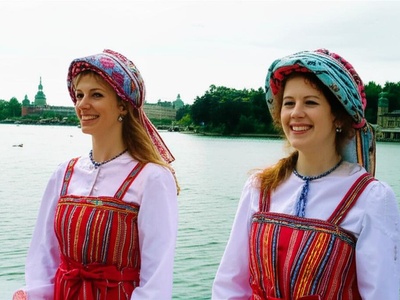
Swedish-speaking Finns
A long-established national minority with Swedish as mother tongue; culturally distinct Finland-Swedes maintain bilingual institutions, media and autonomous Åland. Their history ties to medieval settlement and ongoing cultural-political role in Finland.
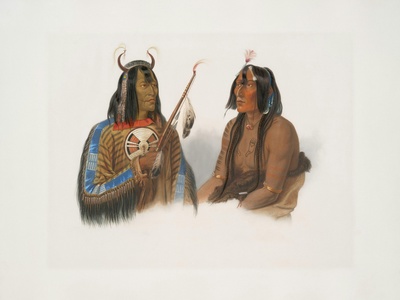
Sámi (collective)
Indigenous people of northern Fennoscandia with distinct languages, reindeer herding traditions and rights recognized by law; represented by the Sámi Parliament and active in cultural and land-use issues in Lapland.
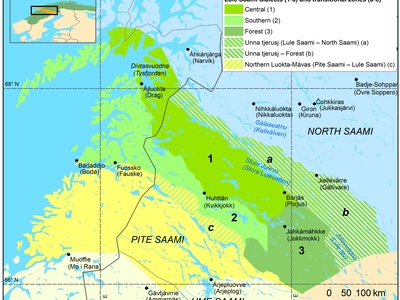
Northern Sámi
The largest Sámi subgroup in Finland, Northern Sámi speak the most-widely used Sámi language and are central to Sámi cultural life, traditional livelihoods and cross-border Sámi cooperation.
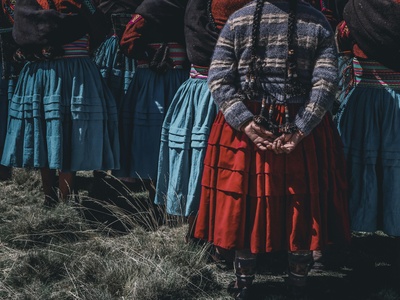
Inari Sámi
An indigenous Sámi group native to Inari; they speak Inari Sámi, a unique Sámi language with revitalization efforts, and maintain local cultural institutions and traditional practices.
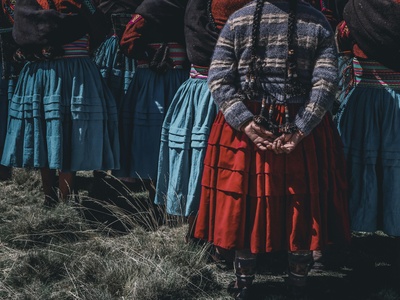
Skolt Sámi
A distinct eastern Sámi group with a unique language and Orthodox Christian heritage; Skolt Sámi have endured displacement and are focused on language revival and cultural preservation.

Finnish Roma (Kale)
Also called Kale, Finnish Roma are a recognized national minority with a history in Finland since the 16th–17th centuries; they have distinct Romani culture, language variants and ongoing social inclusion challenges.
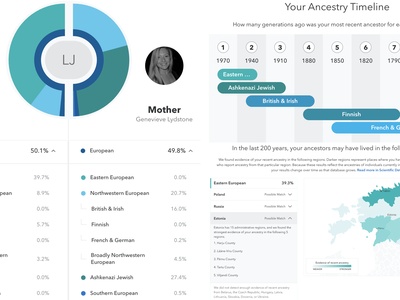
Finnish Jews
A small, long-established Jewish minority centered in Helsinki with a history dating to the 19th century; notable for synagogues, cultural life, and contributions to Finnish society while maintaining religious and cultural institutions.
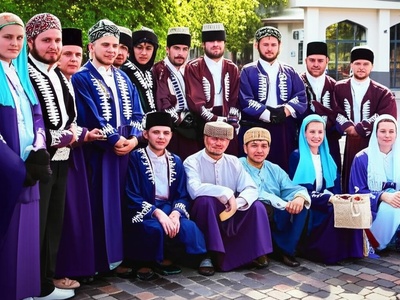
Finnish Tatars
A historic Muslim minority descended from 19th-century Volga Tatar merchants; Tatars in Finland have preserved language, cultural associations and mosques while integrating into Finnish society over generations.

Russians
The largest immigrant-origin community, composed of recent migrants, long-term residents and Russian-speaking Finns. They contribute to business, culture and family ties across the eastern border and the capital region.
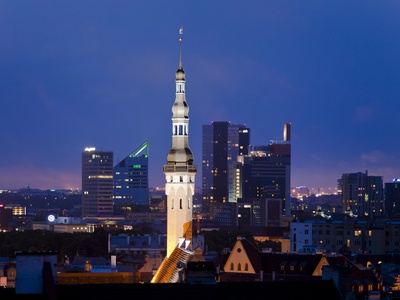
Estonians
Estonia’s proximity and shared history make Estonians one of Finland’s largest immigrant groups; many work in services and IT and maintain close linguistic and cultural links with Finland.

Iraqis
A sizeable refugee and migrant community since the 2000s, Iraqis in Finland include diverse ethnic and religious backgrounds; active in urban labor markets and community organizations while rebuilding lives after conflict.
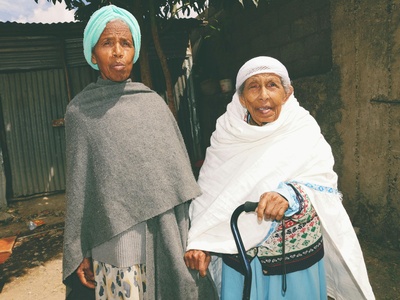
Somalis
Somali migrants arrived in waves since the 1990s; they form a visible community with strong family networks, entrepreneurial activity and active civil-society groups focused on integration and youth opportunities.
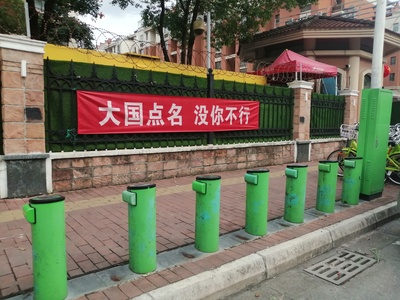
Chinese
A growing community of students, professionals and entrepreneurs; Chinese residents contribute to academia, business and multicultural urban life, with varied language use and family ties to China.
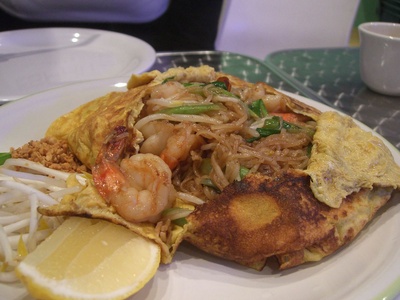
Thais
A large Thai community including long-term migrants linked by marriage, work and family reunification; Thai culture is visible in restaurants, communities and cultural events across Finland.
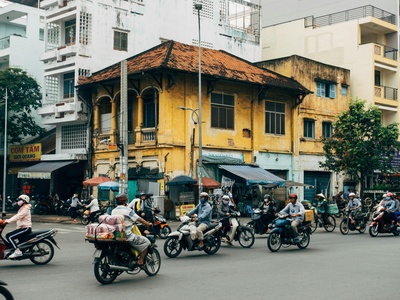
Vietnamese
Vietnamese migrants include earlier refugee waves and later labor migrants; they are active in small business, academia and community organizations, preserving language and cultural networks.
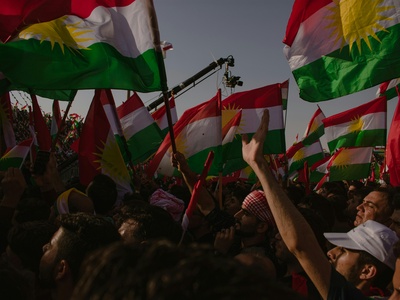
Iraqi Kurds
A significant subgroup within the Iraqi-origin population, Kurdish Finns maintain Kurdish language and cultural associations, with political and humanitarian ties to Kurdish areas and active community organizations in Finland.

